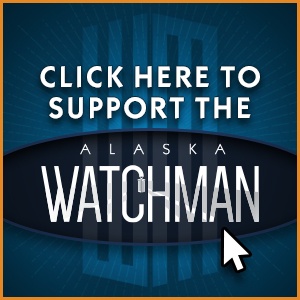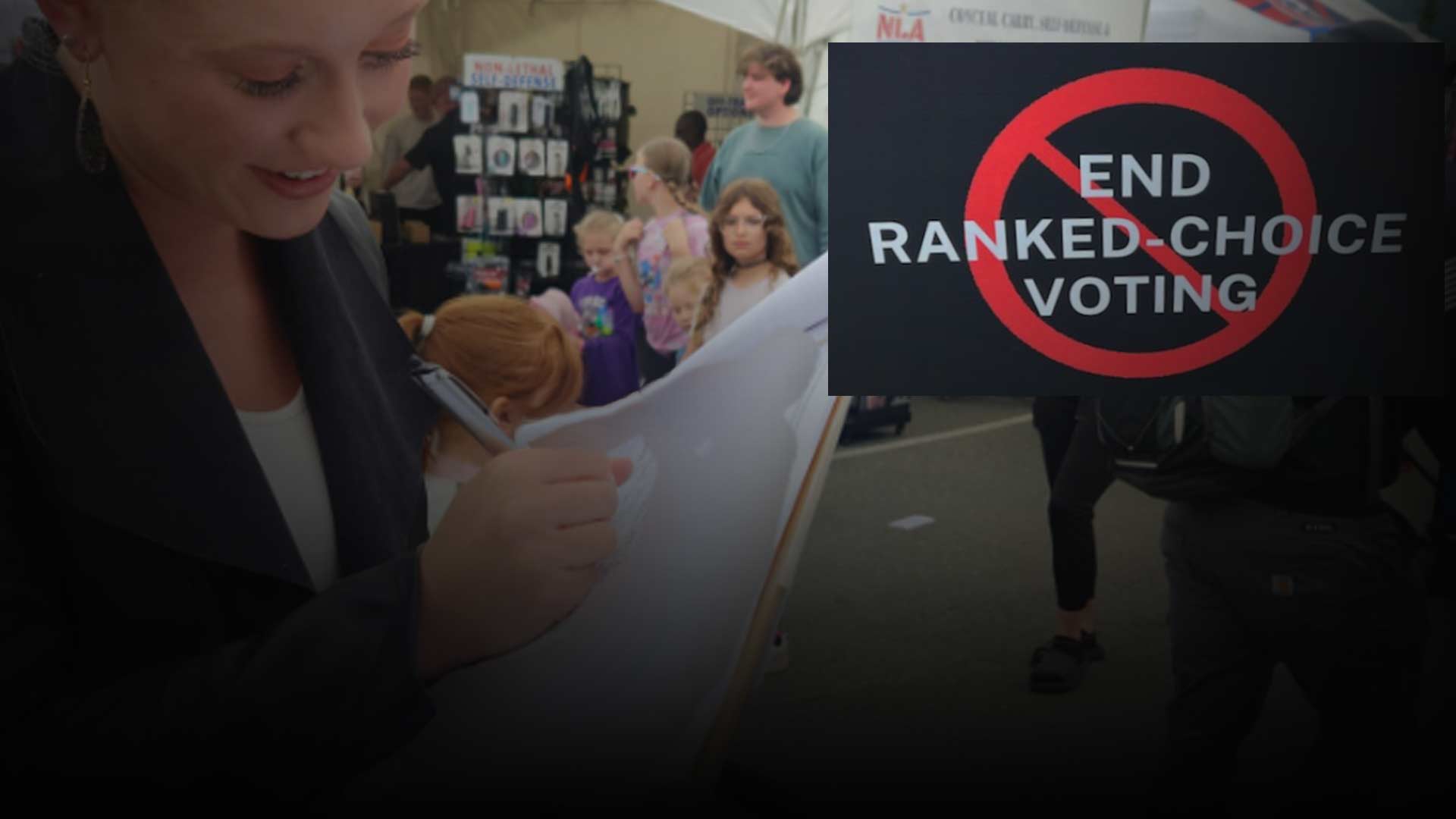
By Sarah Montalbano – Alaska Policy Forum
The Heritage Foundation recently released its inaugural Education Freedom Report Card for the U.S. states and Washington, D.C. Alaska ranked 45th overall and is in the bottom ten states for having few education choice options. Alaska ranked 48th for education choice, its lowest category, because Alaska doesn’t have education savings accounts, and the laws are poorly designed for what limited school choice options exist through public school districts, such as charter schools.
Increasing educational options allows families and students to get an education tailored to their needs. The COVID-19 pandemic clearly showed that families are desperate for alternatives to traditional public school: the rate of families homeschooling exploded (up 18 percentage points in Alaska as of October 2020), parents came together to form learning pods, and many states responded by passing scholarship accounts and access to charter schools. States that provide many and easy avenues of choice give families the most freedom to choose the option that works for them.
Alaska ranked 48th for education choice, ahead only of North Dakota, Massachusetts, and Hawaii. According to the Heritage Foundation ranking, Alaska is among the most expensive and lowest-performing states, with only moderately transparent governance of school districts, an unfriendly regulatory environment, and little education choice.
Alaska performed poorly because it has no private-school choice programs.
For education choice, states were ranked for the presence of education savings account (ESA) programs, private school choice and the proportion of eligible and participating students in those programs, the percentage of homeschooled children, open-enrollment laws in public school districts, and school district size. The ranking also penalizes the overregulation of private-choice programs, charter school programs, and homeschooling.
Homeschool
Alaska ranked well in respecting the autonomy of homeschooling families. Alaska has one of the highest proportions of homeschooling students nationwide. Alaska’s homeschooling laws, as rated by the Home School Legal Defense Association as of February 2022, are extremely friendly to homeschoolers and have no significant regulations. It is important to keep regulations on homeschooling families low so that parents have more freedom to customize their child’s education.
Alaska has four options for private homeschooling: being taught by parents or legal guardians, being taught by a private teacher certified by the state of Alaska, being exempted from school attendance with school board approval, and as a religious private school unable to accept public funding but able to teach students from more than one family. Parents also have the option of public homeschooling through the state’s correspondence school program, which is a district-supported homeschooling option. Parents are not required to notify the state, seek approval, engage in mandatory testing, file forms, or have teacher qualifications to privately homeschool unless they choose to operate as a religious private school. There are no state-mandated subjects.
Education Savings Accounts
However, if Alaskan parents aren’t able or interested in homeschooling, options are relatively scarce compared to other states. Alaska was ranked poorly for not having an ESA program, which allows parents opting out of public district or charter schools to “receive a deposit of public funds into government-authorized savings accounts with restricted, but multiple, uses.” Eight states have some form of ESAs, of which Arizona’s Empowerment Scholarship Accounts program is the most expansive in that all students are eligible.
Alaska has a unique program, the correspondence school allotment program, that allows eligible families enrolled in a public correspondence school to be reimbursed up to $4,500 for a variety of education purchases, such as classes at private schools, at-home curricula, internet costs, extracurricular activity costs, and other educational materials. The funds are usually reimbursed rather than deposited into an account and are only available to students enrolled in one of Alaska’s public correspondence schools.
Private-School Choice
The Heritage Foundation’s ranking also considers the proportion of students eligible for various private-school choice programs, which allow funding to follow the child directly to the option that works best for them, and the proportion of students participating in these programs. Private-school choice programs redirect money for parents to use for education and include ESAs, tax-credit ESAs, school vouchers, tax-credit scholarships, and individual tax credits and deductions.
Funding students instead of systems and giving charter schools more avenues to be authorized would give families more opportunities to customize their education to best suit their needs.
Because Alaska has no private-school choice programs, it ranked poorly in both areas. Similarly, in the category evaluating the design of private-school choice programs, Alaska performed poorly because it has no private-school choice programs. The ranking penalizes programs that require schools to undergo burdensome accreditation requirements or to administer an approved standardized test, and Alaska should avoid imposing these burdens when considering implementing private-school choice programs.
Charter Schools
However, Alaska has a charter schooling community of 31 schools and an enrollment of 7,000 out of 127,500 statewide total enrollment. The Heritage Foundation uses NCES data current as of the 2019-2020 school year (pre-pandemic). Charter schools are critical in severing the funding ties between location and schools and offering more options to fit families. The first metric the Heritage Foundation considers is the proportion of public schools that are charter schools: only 5.7% of public schools in Alaska were charter schools, compared to 7.7% nationwide.
The success of charter schools depends on the policy and regulatory environment in which they operate. The Center for Education Reform quantified the quality of Alaska’s charter school laws as an F, on a grade scale from A to F, noting serious deficiencies in Alaska’s program. For instance, Alaska only allows one entity to authorize charter schools — the local school boards whose districts draw from the same pool of students — and the authorizers are not independent of local or state authority. However, there are no caps on charter school growth, assuming that local school boards embrace innovation and decide to authorize as many charter schools as necessary to meet demand.
The Center for Education Reform rates Alaska’s law poorly in terms of operations, noting low school autonomy, freedom to innovate, and teacher freedom. Charter schools are also not funded to the same level as traditional public schools in terms of operating, pre-K, or facilities funds. States ranking high in this metric fund charter schools at the same or similar level, and in the same manner, as a regular public school for operating as well as any pre-K programs or facilities.
The quality of charter schools was evaluated through the Educational Freedom Institute (EFI) charter ecosystem ranking, which considers access to charter schools, growth in charter schools, and growth in achievement outcomes. Notably, Alaska was 1st-place nationally in the ranking of “value-added” test scores, which calculates the changes in average test scores for a given grade and subject compared to the prior grade from one year to the next. This shows that Alaska’s charter schools help students improve academic outcomes more than other states.
School District Autonomy and Size
According to the Heritage Foundation, Alaska “does fairly well in allowing parents to choose among district schools.” The evaluation uses a report from the Education Commission of the States, which shows that Alaska does not specify policies for intradistrict (within-district) open enrollment. This policy allows parents to send their children to any public school within their district regardless of its location. However, the Reason Foundation gave Alaska a score of 0 in its 50-state open enrollment ranking because it does not allow cross-district or within-district open enrollment and does not engage in transparent reporting of school capacity, the number of transfers, or the reasons why transfer applications were rejected. Reason states that “Alaska’s current policy permits school districts to charge tuition to the families of transfer students when the student’s grade level is offered in their assigned district and the assigned district does not accept the billing.”
The national report from the Heritage Foundation does, however, miss out on the uniqueness of Alaska’s education system. For example, Alaska’s districts cover, on average, a much larger number of square miles of land than other states. The Heritage Foundation measures this variable by using Alaska’s land area of 571,000 square miles, as estimated by the 2010 Census, and divides by the 54 districts in the state. This average suggests that each district spans about 11,000 square miles. Again, however, some condensed districts cover much less land area while others encompass far more — the North Slope Borough school district is the largest in Alaska and covers 89,000 square miles in land area. In fact, the 10 largest school districts nationwide are located in Alaska, and all of them span more than 20,000 square miles.
ALASKA WATCHMAN DIRECT TO YOUR INBOX
Improvements
Alaska should be praised for its friendliness to homeschooling families. Yet there is much work to be done to improve school choice in Alaska. The Heritage Foundation suggests “establishing K-12 education savings accounts” and “making it easier for more charter schools to open and operate.” ESAs have found astounding success in Arizona, which expanded their eligibility of funds to use on a wide variety of educational expenses. Although the correspondence school allotment program helps Alaska families with costs for educational materials and classes, including at private schools, an ESA program available to all students would allow families to customize their education further.
Alaska’s charter schools would stand to benefit from having multiple avenues of authorization. In Alaska, prospective charter schools need to be approved by their local school board, yet other states allow higher education institutions, independent chartering boards, non-educational government entities, nonprofit organizations, and state education agencies to authorize charter schools. Local school boards consider charter schools as competitors for funding with traditional public schools. Instead of focusing on the needs of their students —which might be better served by more charter schools — they authorize fewer charter schools than other types of authorizers. Funding students instead of systems and giving charter schools more avenues to be authorized would give families more opportunities to customize their education to best suit their needs.
The views expressed here are those of the author.








